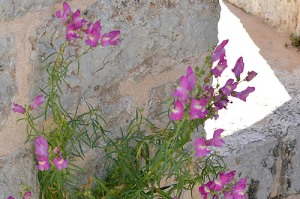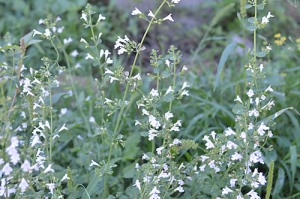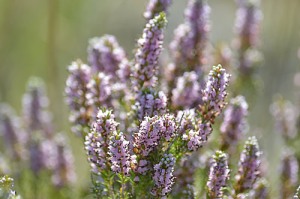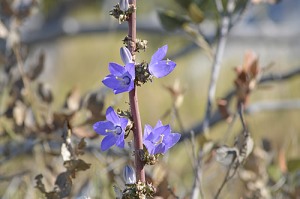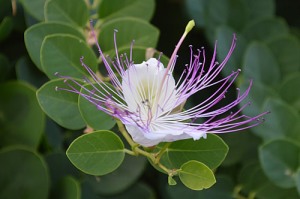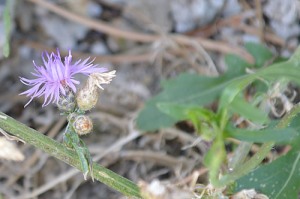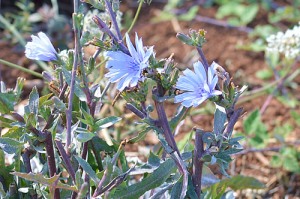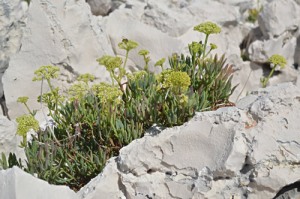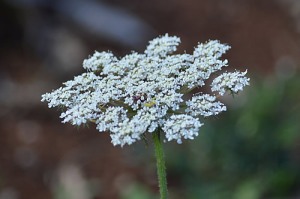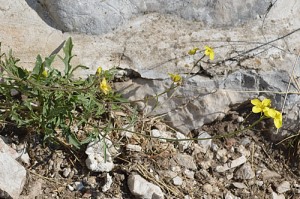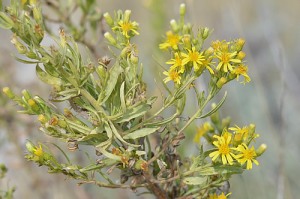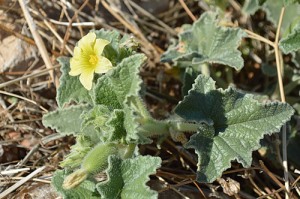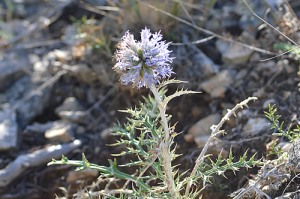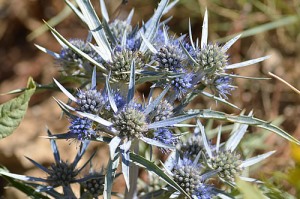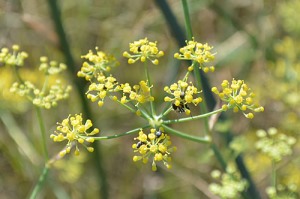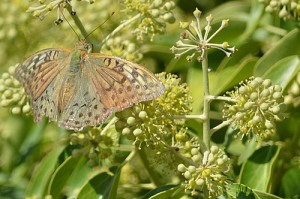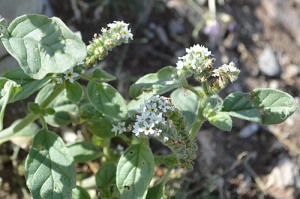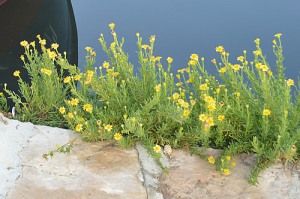Following on from our Guide to Hvar’s Wildflowers – Spring Edition, I’ve been out and about looking for what’s in bloom at the end of summer. These are mostly in the high country around the peak of Sv Nikola and on the Vorh plateau, although some are down around sea-level, even right on the beach in some cases.

I have to say I was encouraged to find so many wildflowers in September, after what has been a scorching summer. My aim in writing the blog is to identify each one, and tag the photos with an official name in Latin, English and Croatian. With my previously somewhat inexpert pictures in mind, this time I was careful to include more of the plant (leaves, seedpods, etc) in my reference photos. And let’s hope the upcoming new series of that wonderful Croatian TV series Lovac na bilje, (The Plant Hunter) includes a trip to the Dalmatian coast and islands, as that could really help me identify the plants here!

Here’s the reference table of late-summer flowers. Usual disclaimer applies: while I have a reasonable confidence in most of the names, some are tentative especially when very similar suspects exist! I’d welcome any feedback from those with a rather better grounding in botany! Click on the images for a bigger picture, and links take you to wikipedia or plantea to find out more.
Snapdragon
Zijevalica
| .......... |
|
Calamintha napeta Lesser calamint Velecvjetna gorska metvica Mint family but could be wild basil?
..........
|
|
..........
|
|
..........
|
|
..........
|
|
Not sure exactly which variant of Centaurea this is. Reference pictures differ!
..........
|
|
Flower head is actually a round ball, hence the Croatian name of White head!
..........
|
|
Cichorium intybus Chicory Cikorija ..........
|
|
..........
|
|
This photo taken on a Sv Klement beach. A similar plant is Salicornia, which turns red as it ages. Both samphire and salicornia are used in cooking.
..........
|
|
..........
|
|
..........
|
|
..........
|
|
..........
|
|
..........
|
|
..........
|
|
..........
|
|
This version of ivy is native to southern Europe, and the flowers are high in nectar. Which is why this mound of ivy on Vorh was absolutely swarming with happy bees and butterflies! This one is a Cardinal.
..........
|
|
..........
|
|
Compare to samphire/motar above
..........
|
|
..........
|
|
This tiny variant of sea-lavender appears to be local to Croatia. Seen on Sv Klement beach.
..........
|
|
An exotic import from Mexico that grows well here!
..........
|
|
The berries on this bush are really pretty, but the Croatian name is “Smelly“
..........
|
|
Few references even mention this European version of plumbago! Flower looks very similar to the Scilla (below), but this has 5 petals, not 6 and the clusters are different.
..........
|
|
In this case, the leaves are misleading as they belong to another plant!
..........
|
|
..........
|
|
Thymus vulgaris
Thyme |
“Weeds are flowers too, once you get to know them” ~ A.A. Milne
© Marion Podolski 2016
This article has been reproduced with kind permission from Marion's blog Go Hvar, Ramblings about a far island. Visit the blog for all kinds of information about Hvar, from artistic to epicurean!


